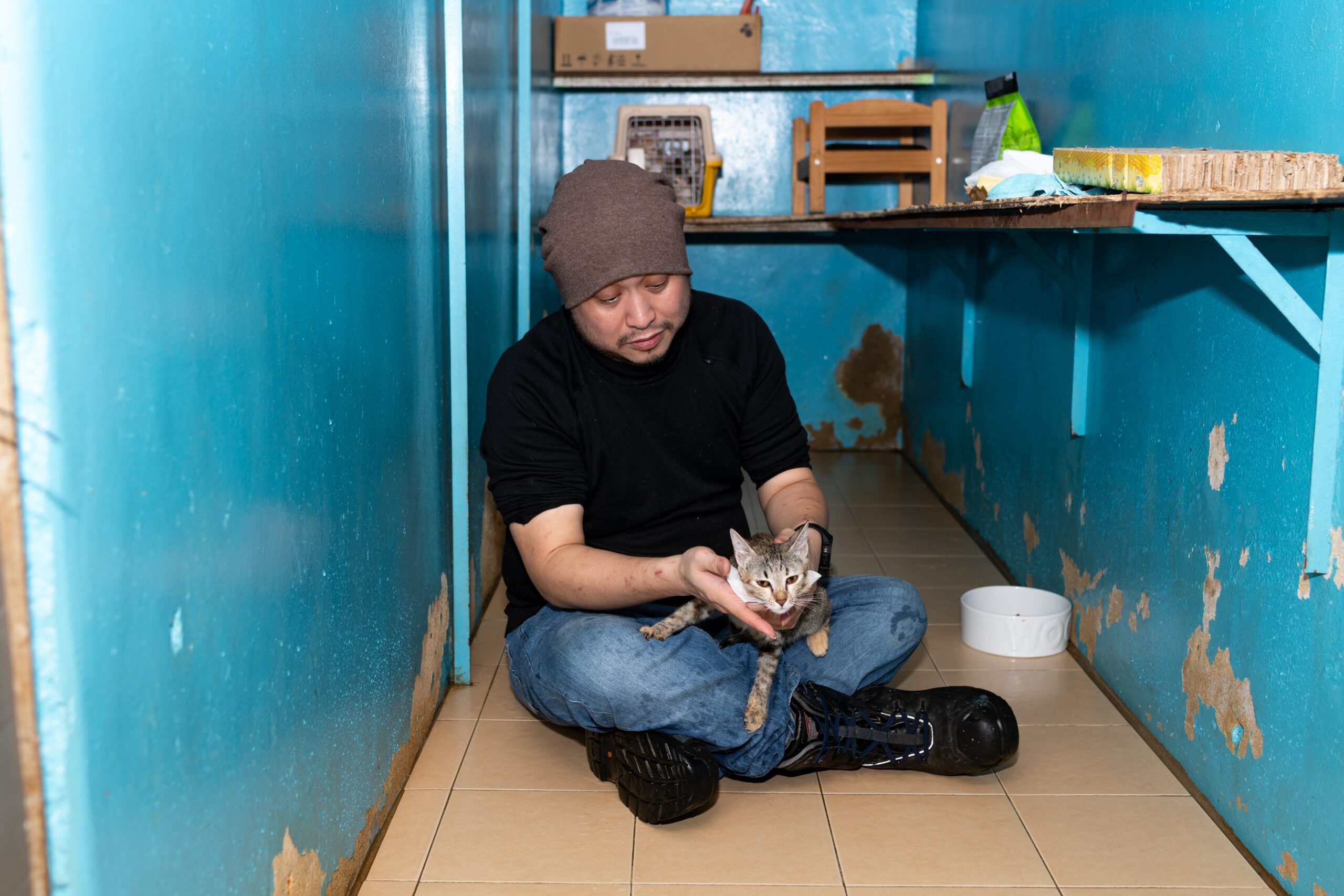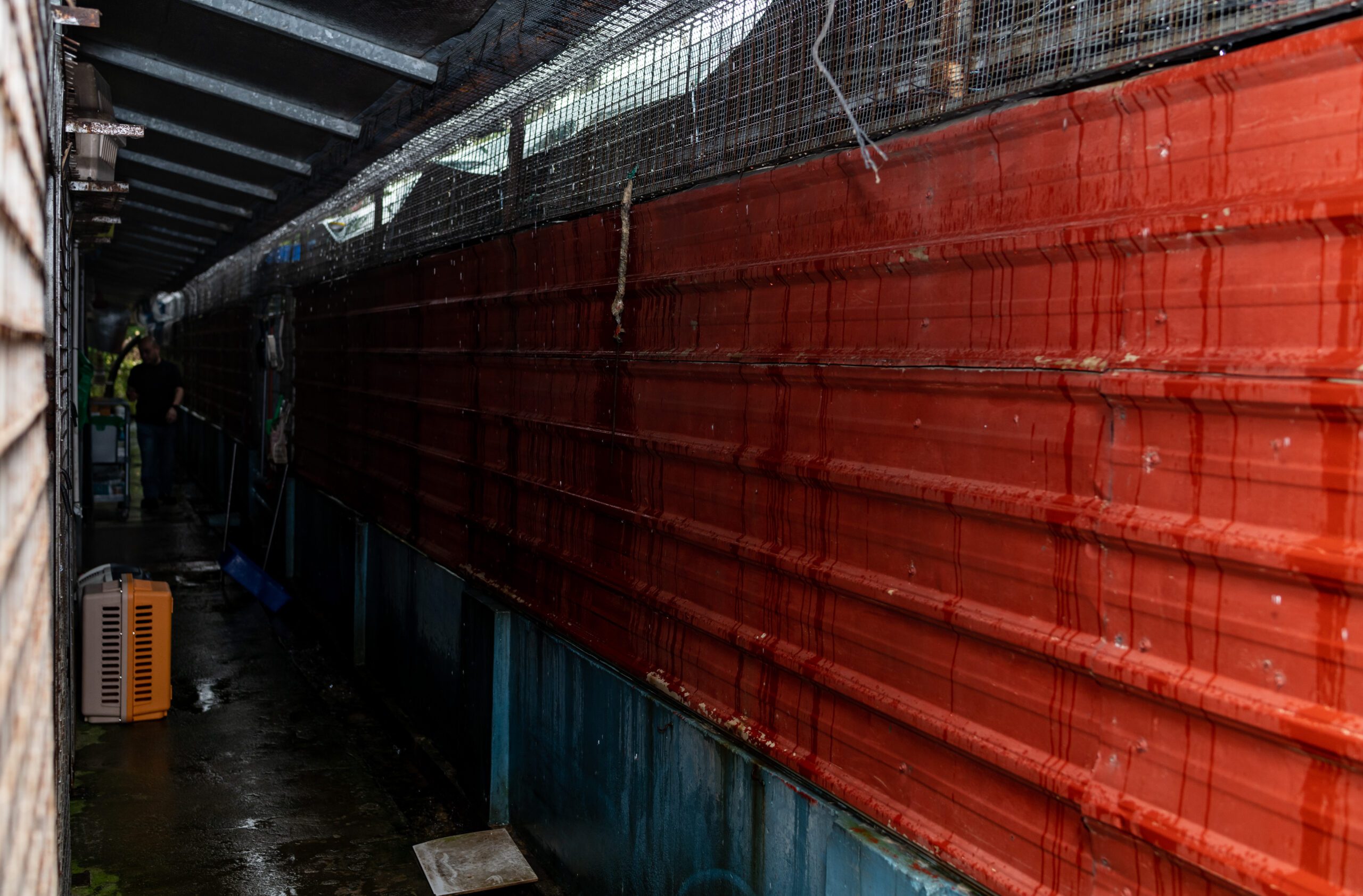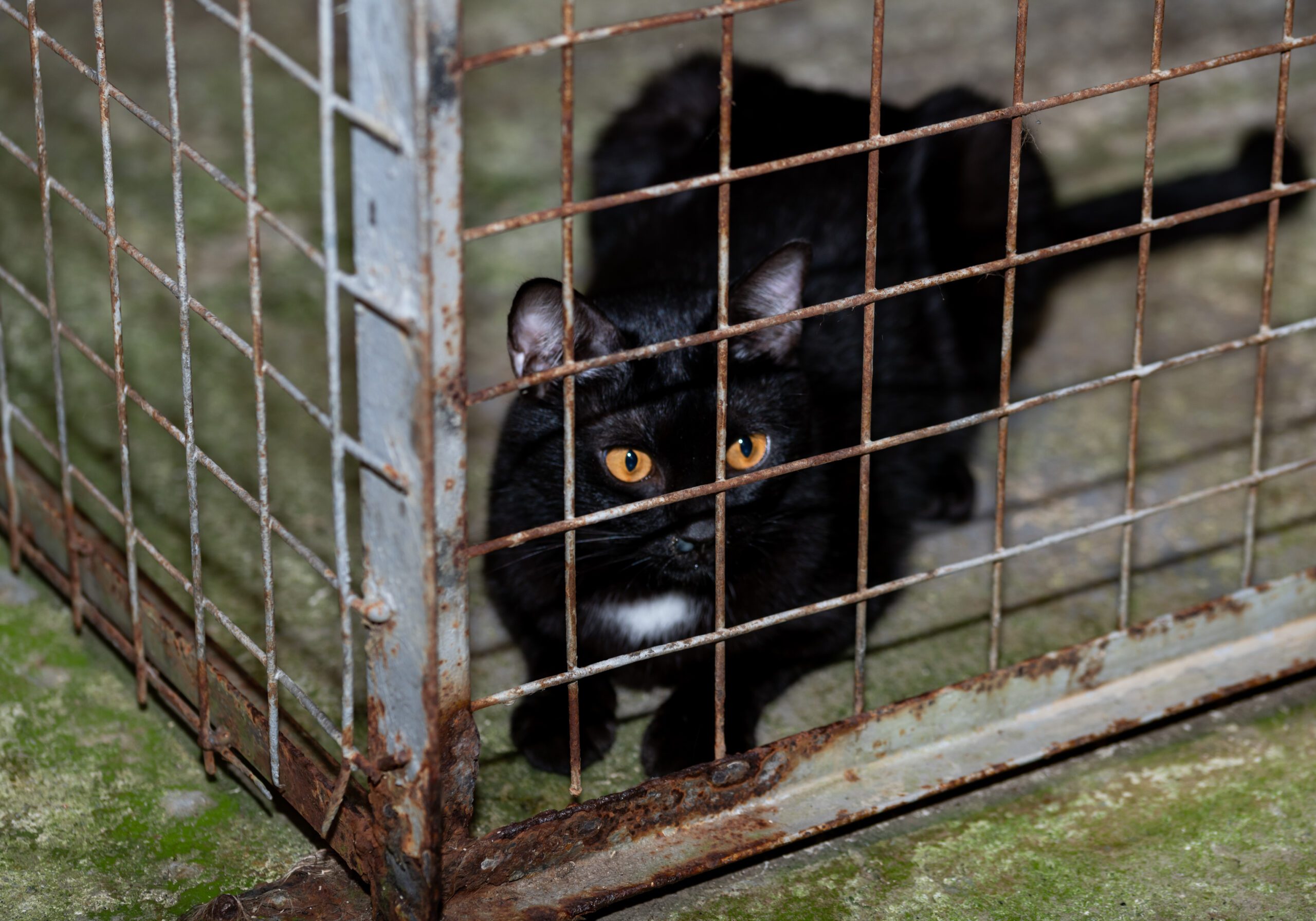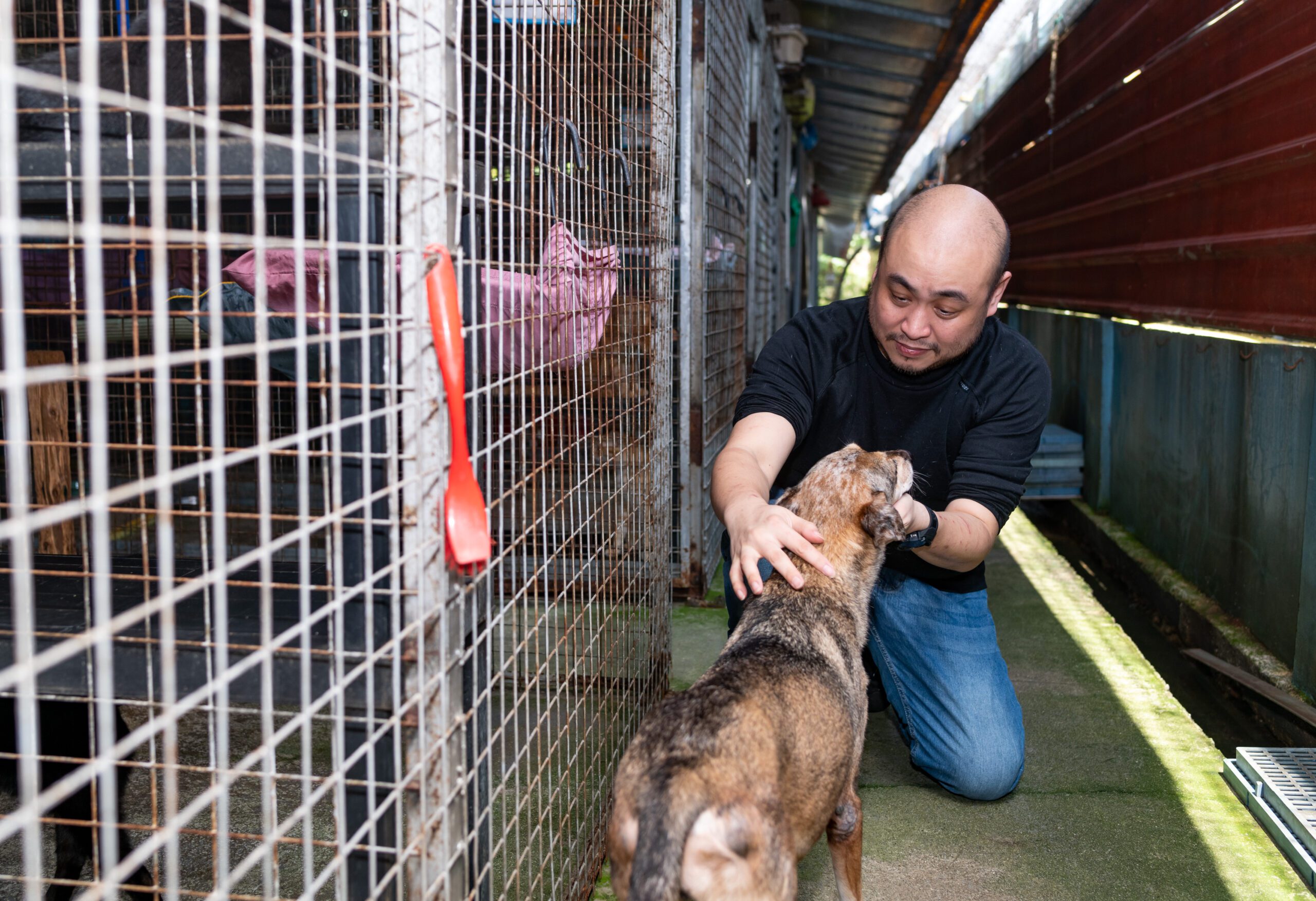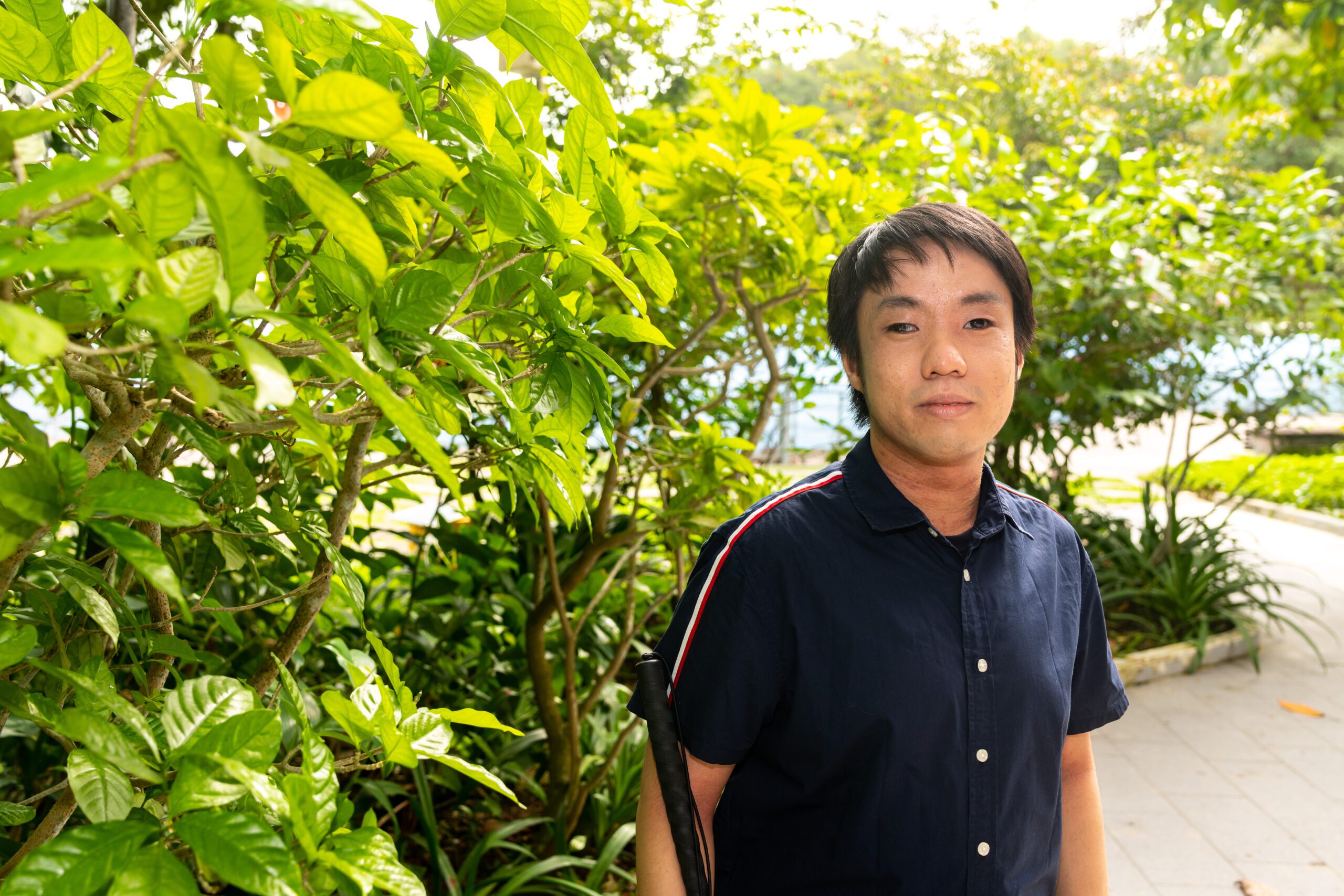Did Madam Lee have a natural affinity towards animals?
My mom was born in Kelantan, one of those quaint towns in Malaysia with very tight-knit communities. Because her childhood house was nestled near a forest, she was exposed to all sorts of wildlife animals. She was especially fascinated with foxes and even wanted one as a pet. My grandfather however opposed the idea of having a pet — he ran a coffeeshop, so he had to keep things clean. My mom always had a soft spot for animals, even rats and snakes. When the predators encroached into human territory, she always advocated sparing their lives and moving them back to their natural habitats where they could be safe.
It seems that Madam Lee had a gentleness when it came to animals. Was she like that as well as a mother?
She was extremely strict with me. She brought me up by wielding not one but two canes (laughs). But she had to. I was a mischievous kid. One time when I was four, I got off the pram and put my right arm under the escalator belt and got stuck. That earned me a dislocated arm. Many times, we would be watching television and I just had to pull the table runner and make a mess of things. My father left us when I was about eight years old. So, my mother was the only family I had.
Dr Tan shared with me that she used to live the life of a privileged lady. But she felt that her days were filled with meaningless gossiping and socialising, and that she was wasting her life away. After she decided to change and find her purpose in life, she downsized our home to a three-room flat. Every day, cat fur and other allergens would trigger her status asthmaticus; one time a severe attack almost took her life. But she fought hard, because she had to live for her cats and dogs (and me), and thankfully she managed to pull through.
What an indomitable spirit, which I believe has rubbed off on you as well. Take us through a typical day at the shelter. What is the upkeep like?
During the weekdays, it’s mostly a one-man show. Round the clock, I have to keep the place maintained. There is a total of sixty-four cubicles across seven thousand square feet of space. Each round of full cleaning, from washing the walls to scrubbing the floor, takes about thirty minutes. The floors must be kept clean, and they must be dried after a wash, if not there is a risk of the cats getting a fungal infection. Then there’s the washing of food bowls and sheets, and disposal of their paper trays. These tasks are on top of having to feed the animals, medicate the sick ones, and also walk the dogs. It’s easily an eighteen-hour day.
When we first began, we had a few volunteers. But for over fifteen years, the running of the shelter fell squarely on my mother’s and my shoulders. After my mom passed away in 2019, I thought that I could no longer do it alone. So, I called a few ex-volunteers up and asked if they would be willing to help out. And they rallied to establish systems. Genine Loo and Fiona Yuen, for example, help with the administrative matters.
